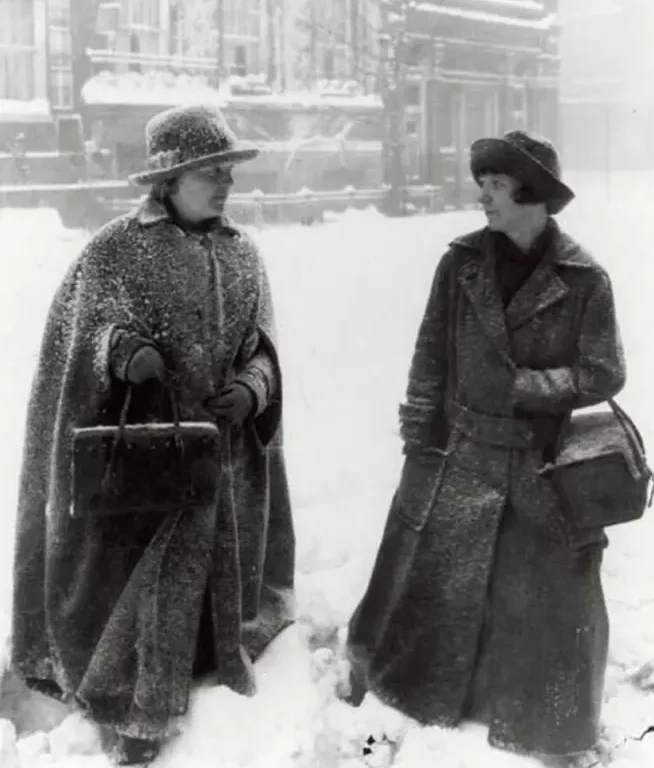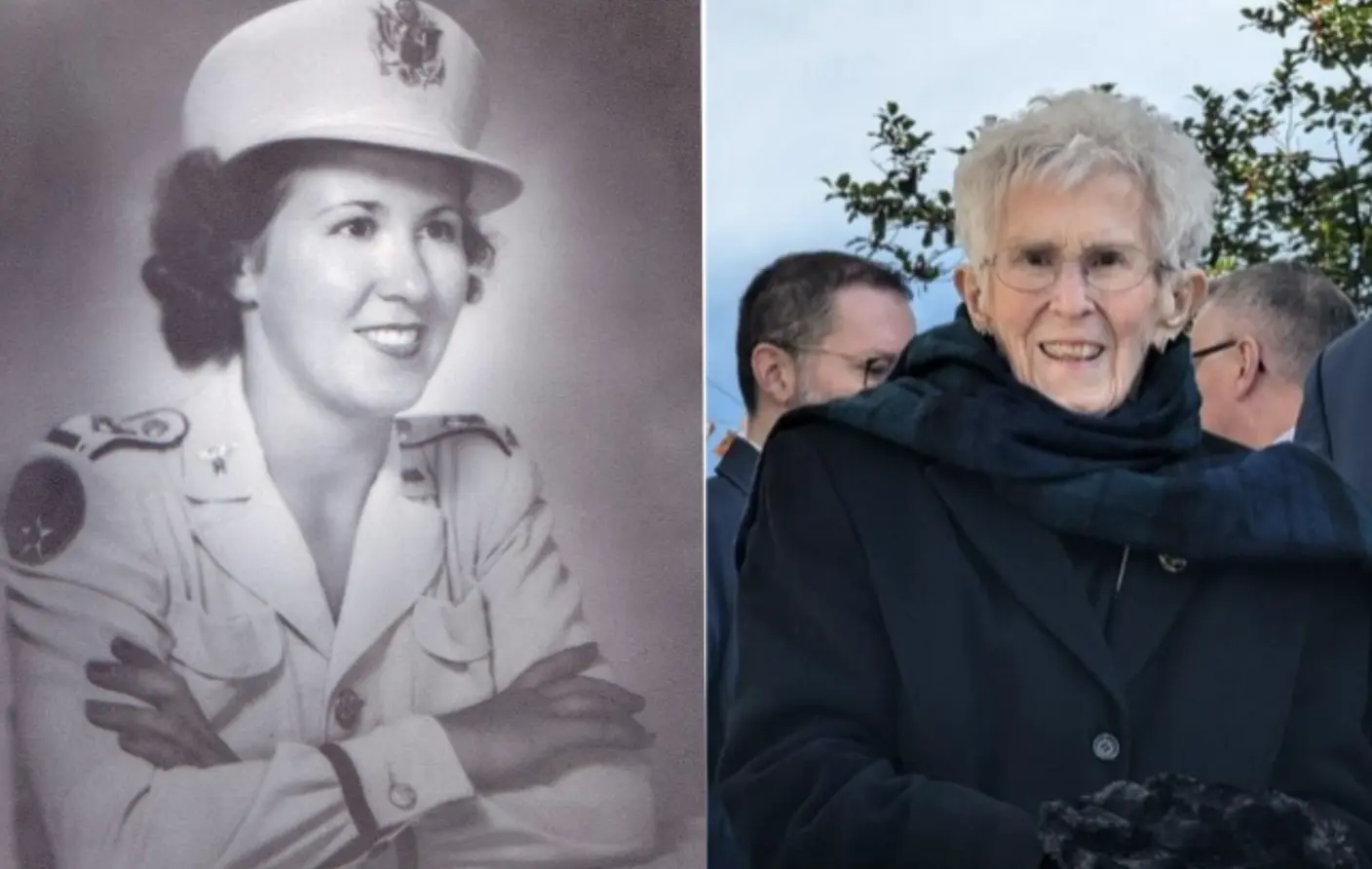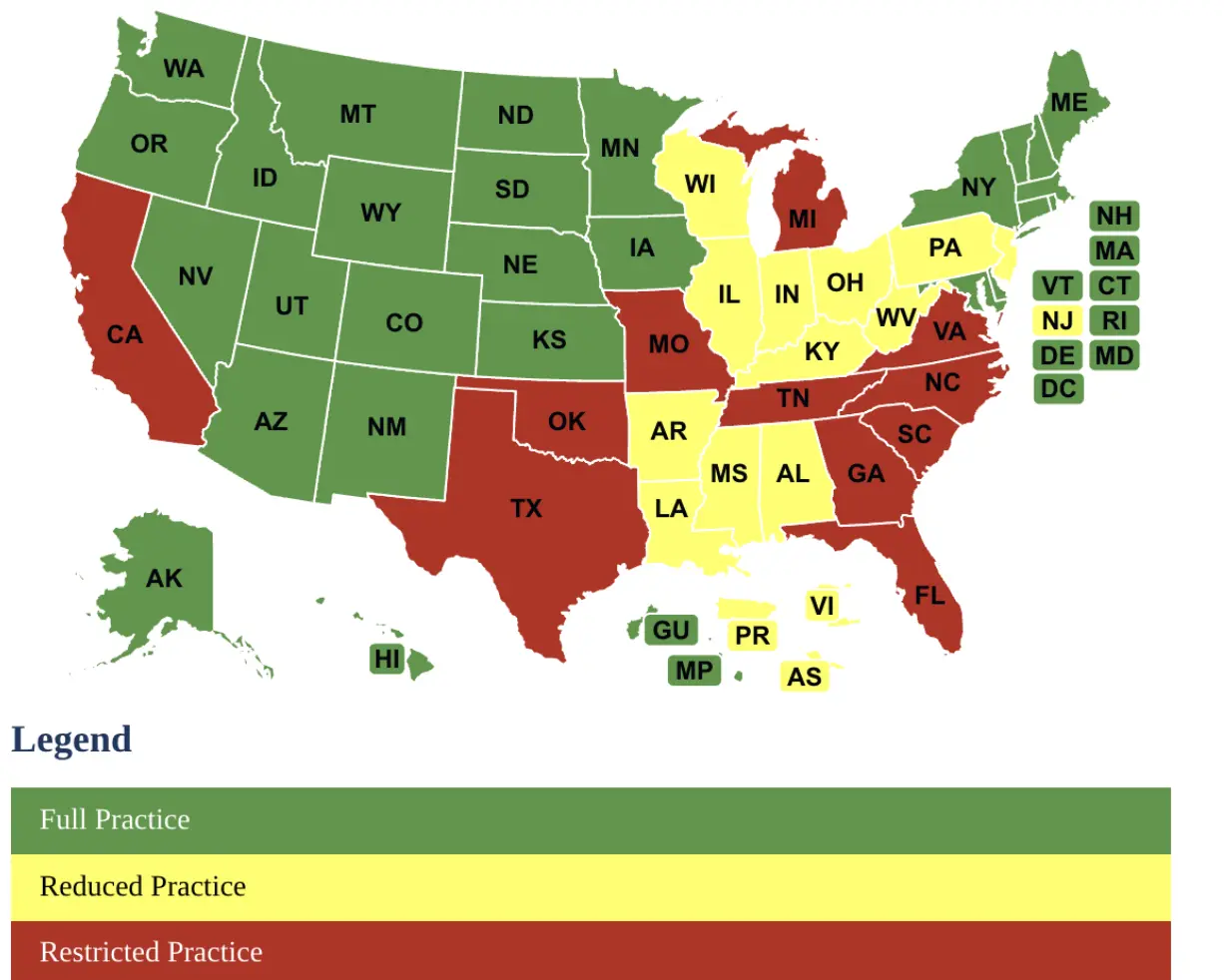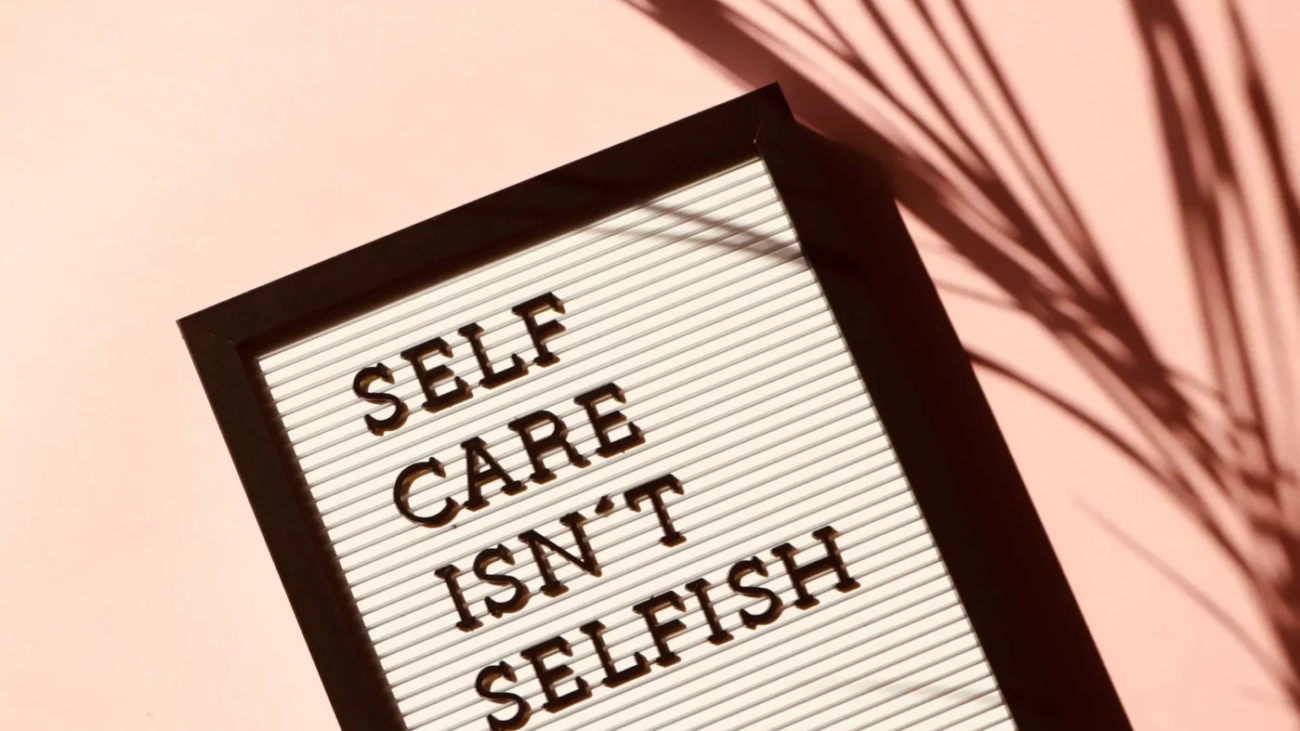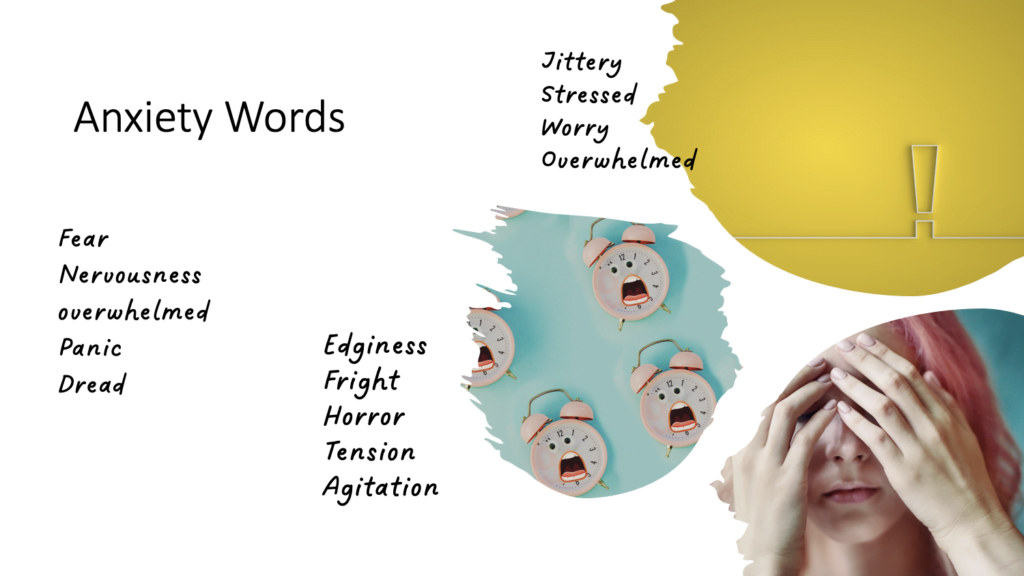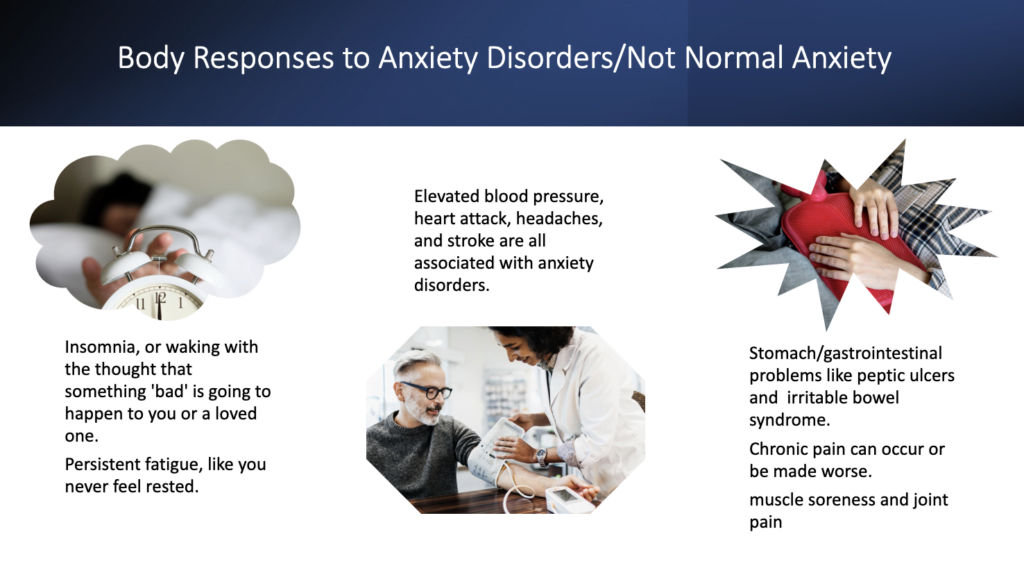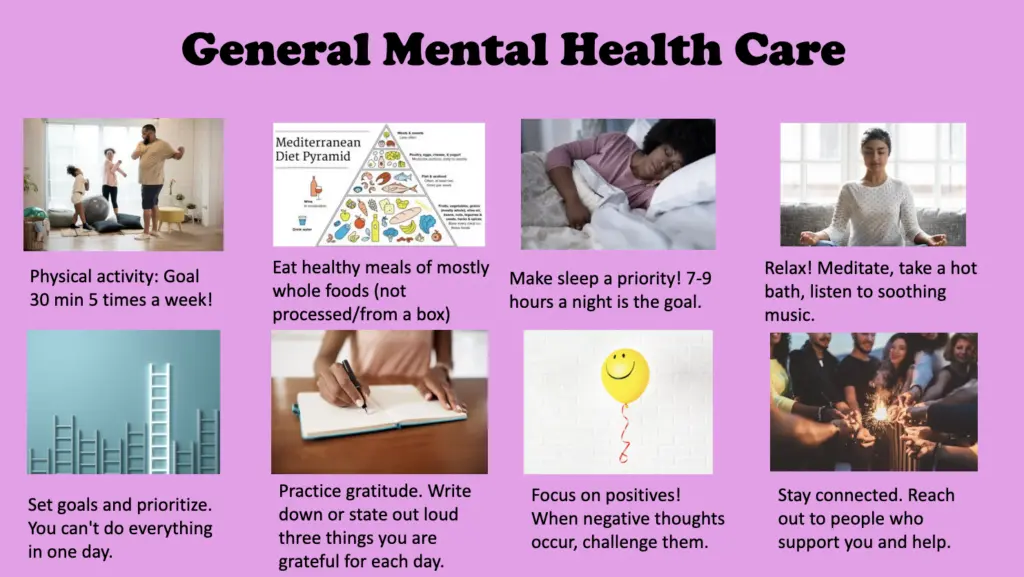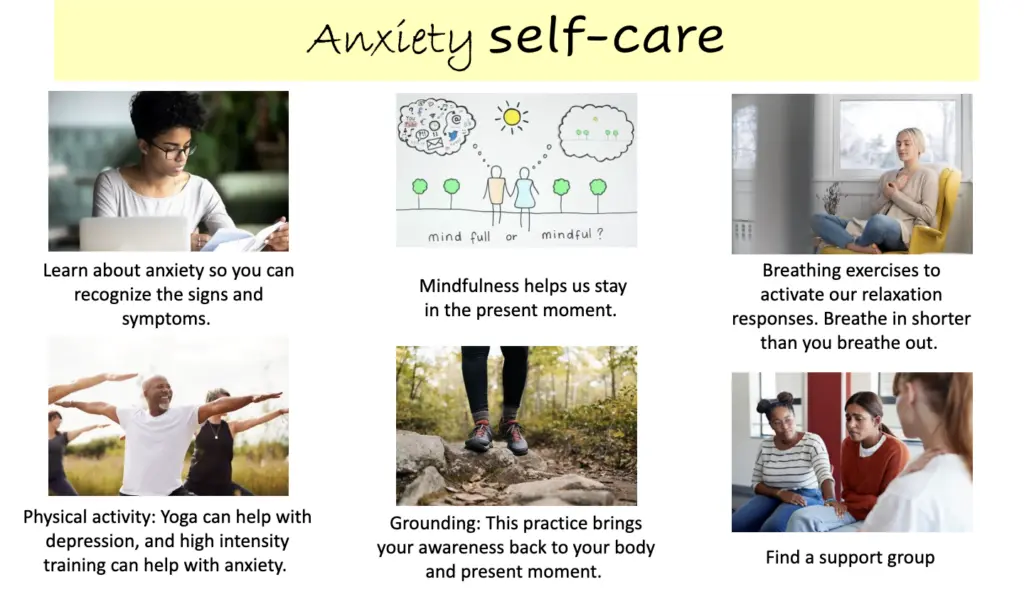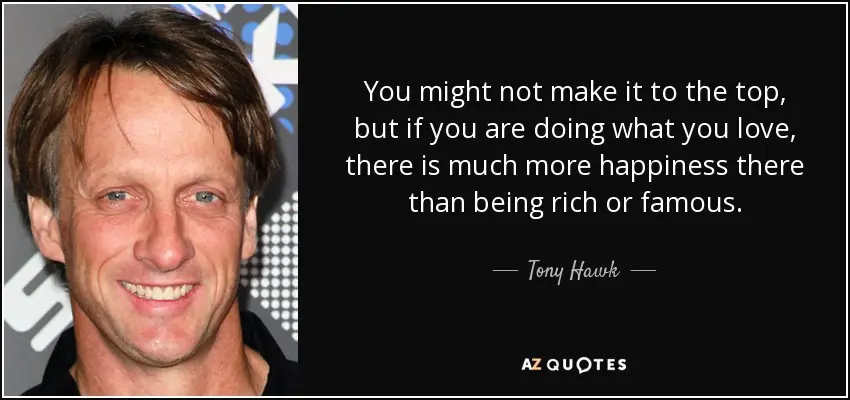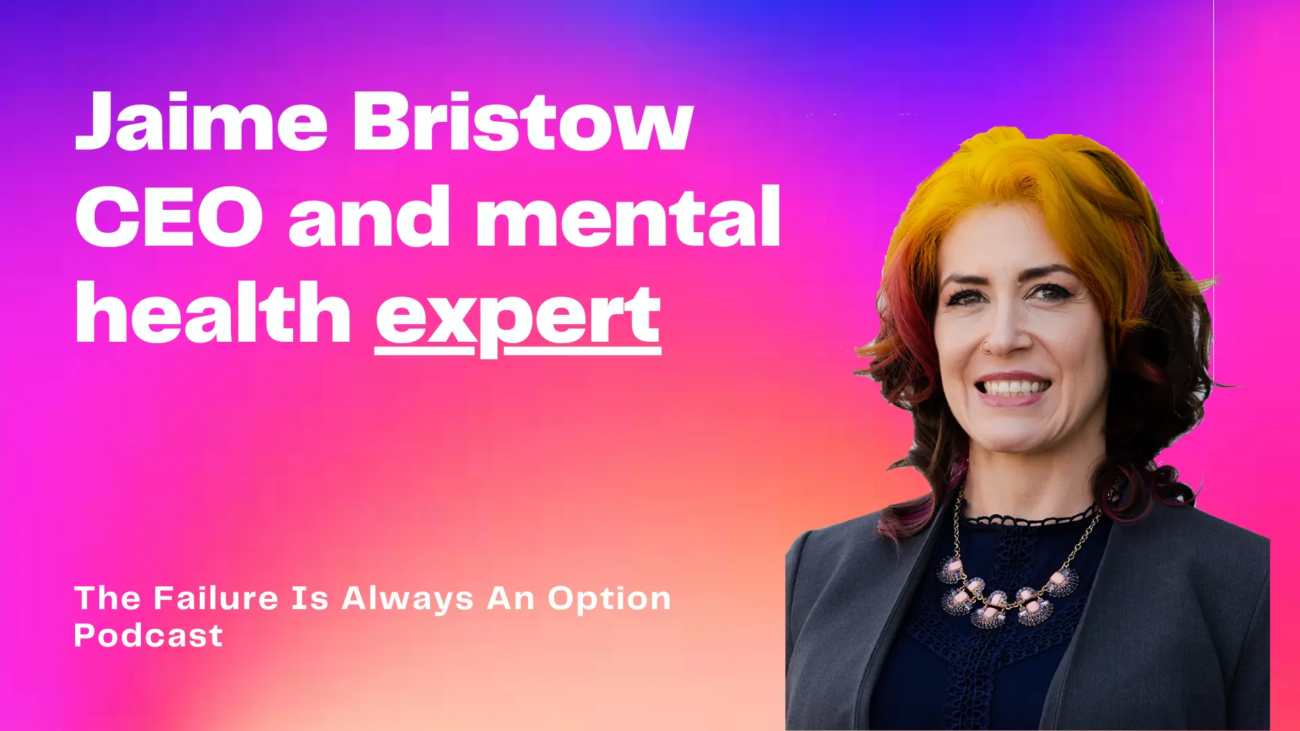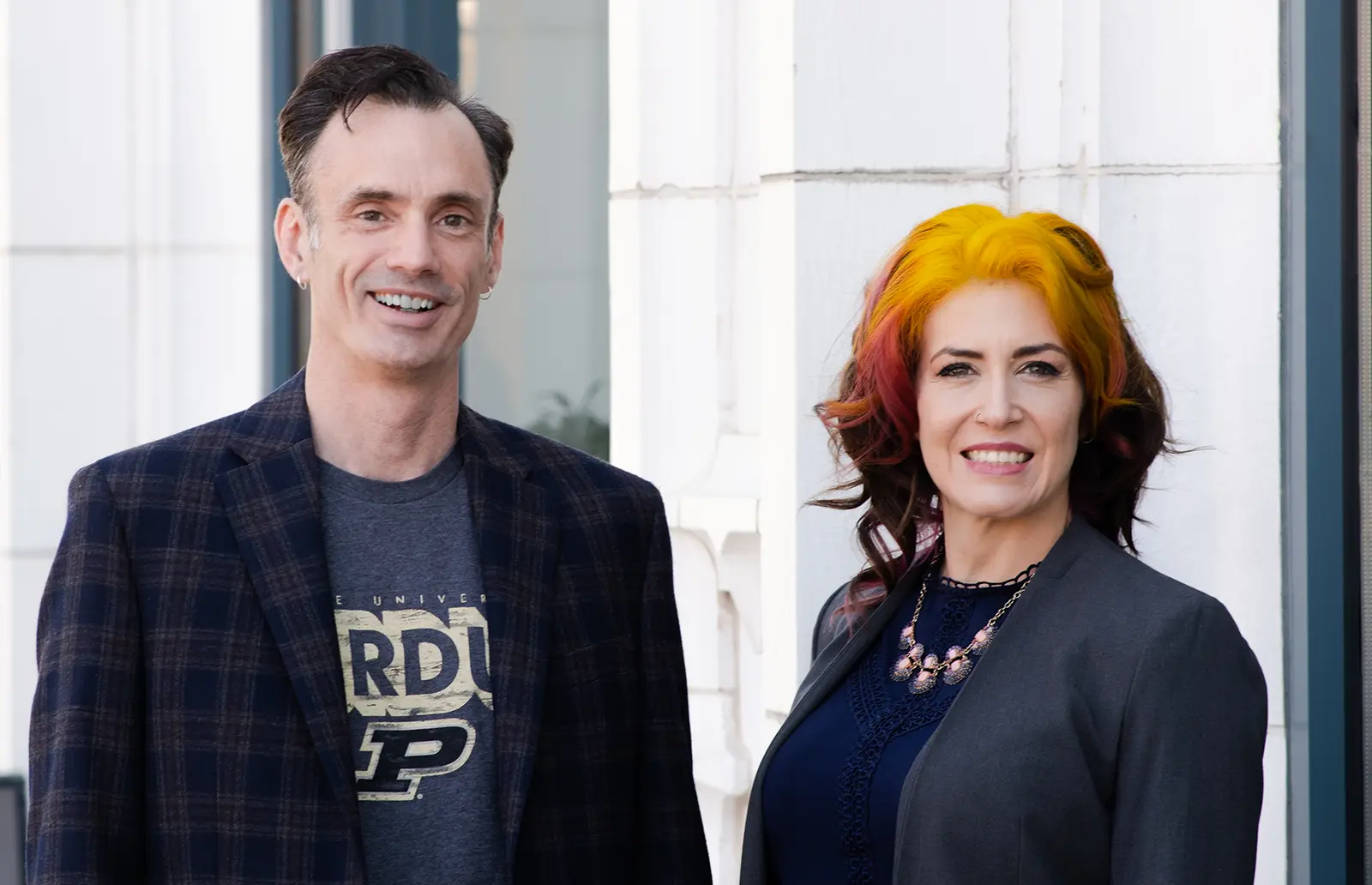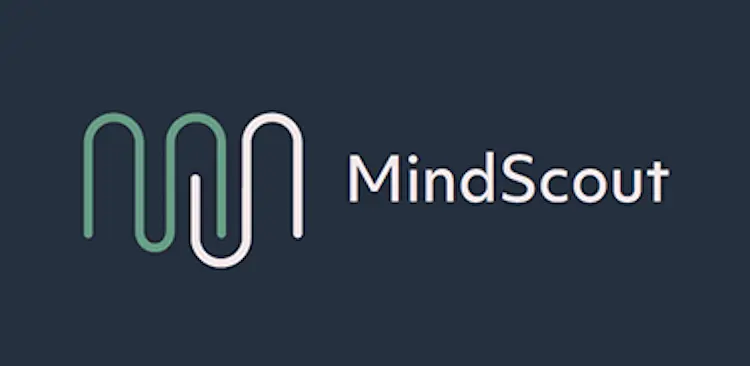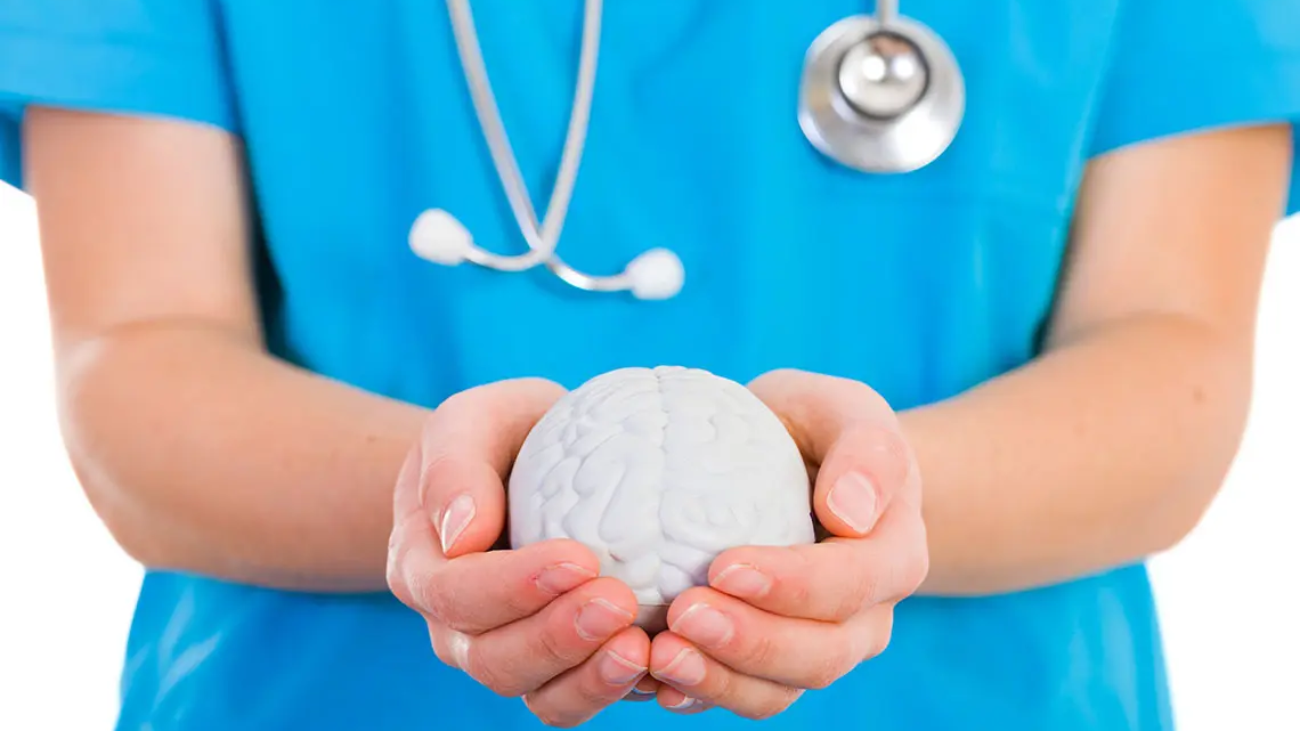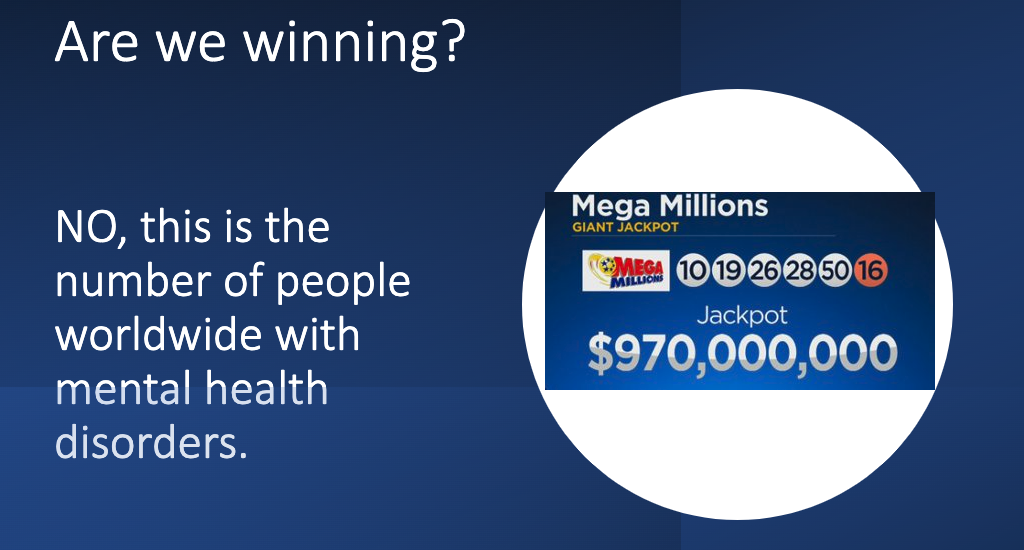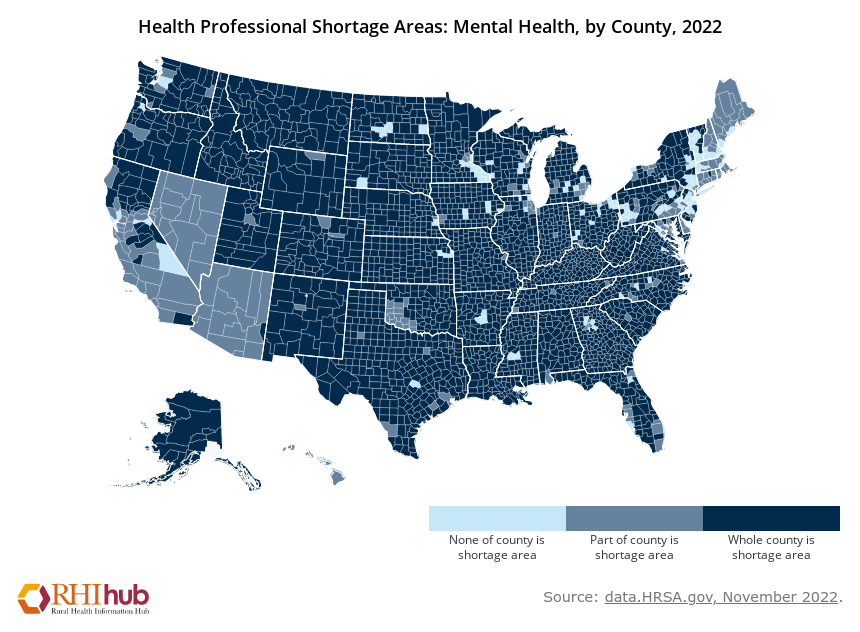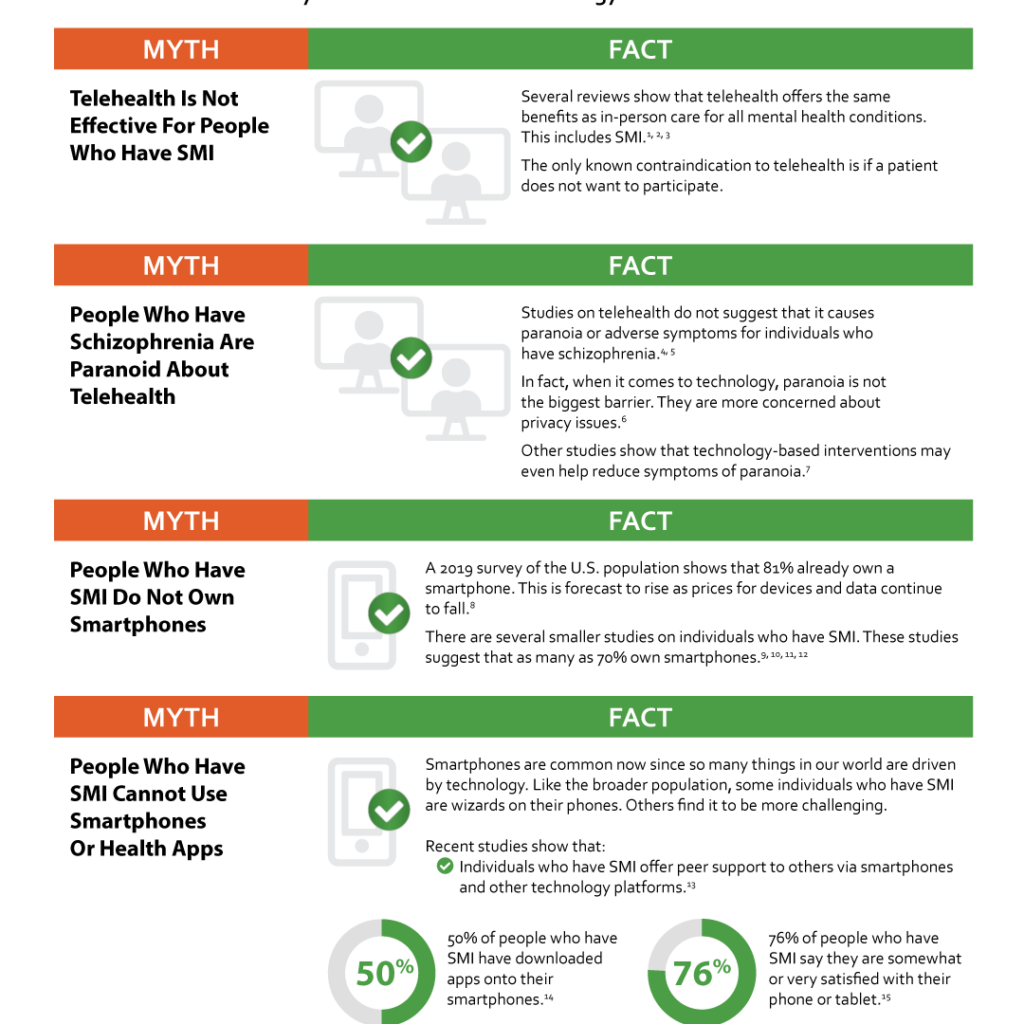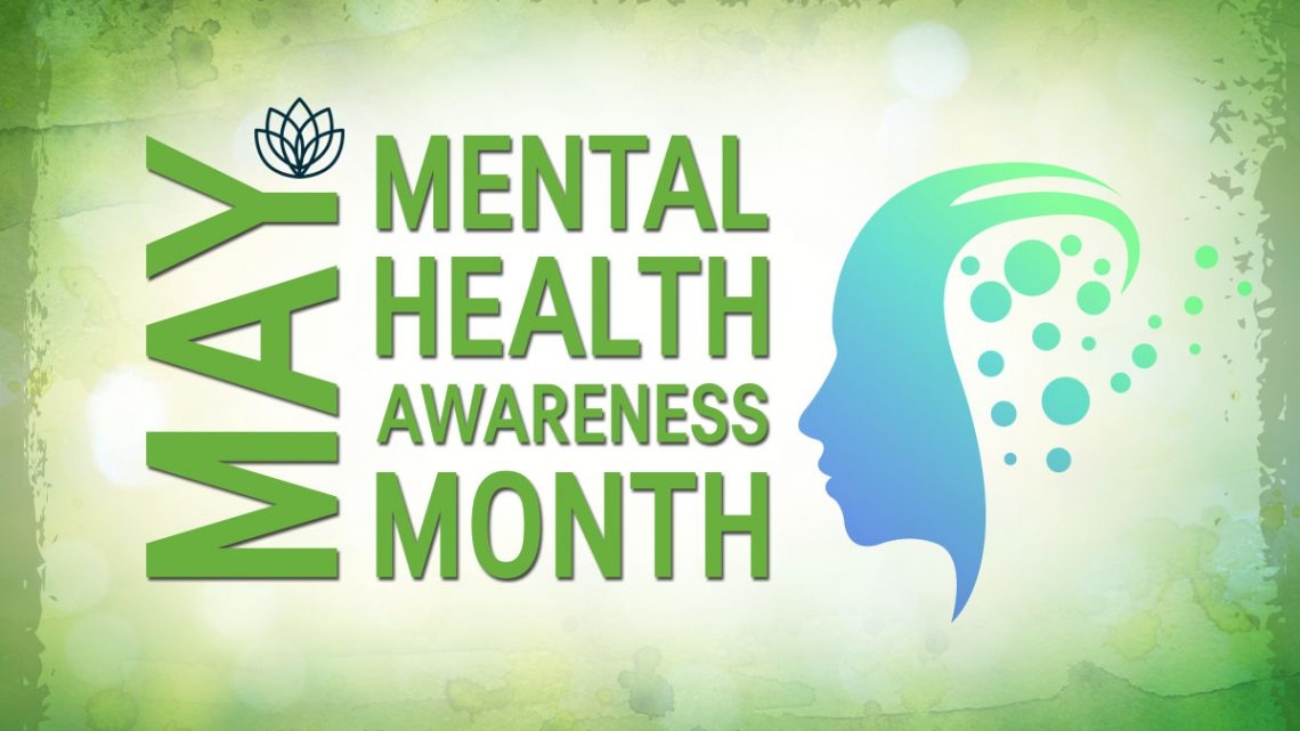Seasonal Depressive Disorder, also known as Seasonal Affective Disorder (SAD), occurs in parts of the world where we experience lower sunlight levels at certain times of the year. It typically occurs in the late fall and winter, but it is possible to see it in the spring and summer as well.
Symptoms include:
- Inattentiveness
- Hopelessness
- Depression
- Social withdrawal
- Fatigue
You may have experienced this at one time or another in your life, depending on where you live and seasonal changes, but in order for you to have the “disorder” the symptoms must occur in succession each season over at least two years. There must also be a period after when the symptoms lift for a long period of time related to the increase in sunlight you experience from seasonal changes. It is literally a depression due to climate and seasonal weather changes!
There are several theories as to how this occurs, including sunlight deficiency and hormonal changes. One theory is that the large change in sunlight reduces the amount of serotonin that we naturally produce, and also increases the amount of melatonin levels in our bodies. This changes our circadian rhythm.
Increase Your Vitamin D Levels
Vitamin D is also essential for serotonin levels in the blood. Serotonin is a neurotransmitter that helps with mood and sleep. Adequate dietary vitamin D as well as exposure to sunlight which converts vitamin D into the active form “calciferol”, help to keep up those serotonin levels. If you aren’t sure if your Vitamin D level is adequate, a blood test can be ordered from your doctor to determine the level. Although above 30 ng/ml is generally considered adequate, but optimal ranges for an individual can be between 40-80ng/ml. There are vitamin D receptors on most cells in the body, it’s involved it lots of processes from depression as we already mentioned, but also bone and teeth health, cognition, immune system regulation, and more! So why just be adequate, when you can aim for optimal.
Take Melatonin
Melatonin, which is a hormone involved in circadian rhythm, is increased as a response to lack of light. This happens in the winter months with shorter daylight hours available, as well as those grey days that happen in many places like the Midwest. Less bright light allows higher production of melatonin, leading to feeling sleepy or lethargic. Some studies show that taking a low dose of melatonin like 0.5-3mg in the evening helped to correct the “sleep phase delay” that happens as a result of the higher production of melatonin left over during the day. This in other words, helps to reset the clock.
Light Therapy Can Augment The Lack Of Sunlight
Another important factor in resetting that circadian clock and reducing the naturally higher levels of melatonin produced in the darker winter day is the use of a therapeutic light box. Using a therapeutic light box of 10,000 lux immediately upon waking has been studied and used over and over again with good effect (up to 75%). It also avoids the use of medications or supplements. To use a light box, it should be 10,000 lux, although some users find the brightness uncomfortable, and use a lower intensity for longer periods of time. There are some light boxes that offer different intensities to use, as well as automatic timers. Keep the light box 12-14 inches away from your face and keep it off to the side. You aren’t looking directly into the light box (just like you don’t look directly at the sun!). You can start with lower times as you adjust to sitting with it on and can use up to 1 hour.
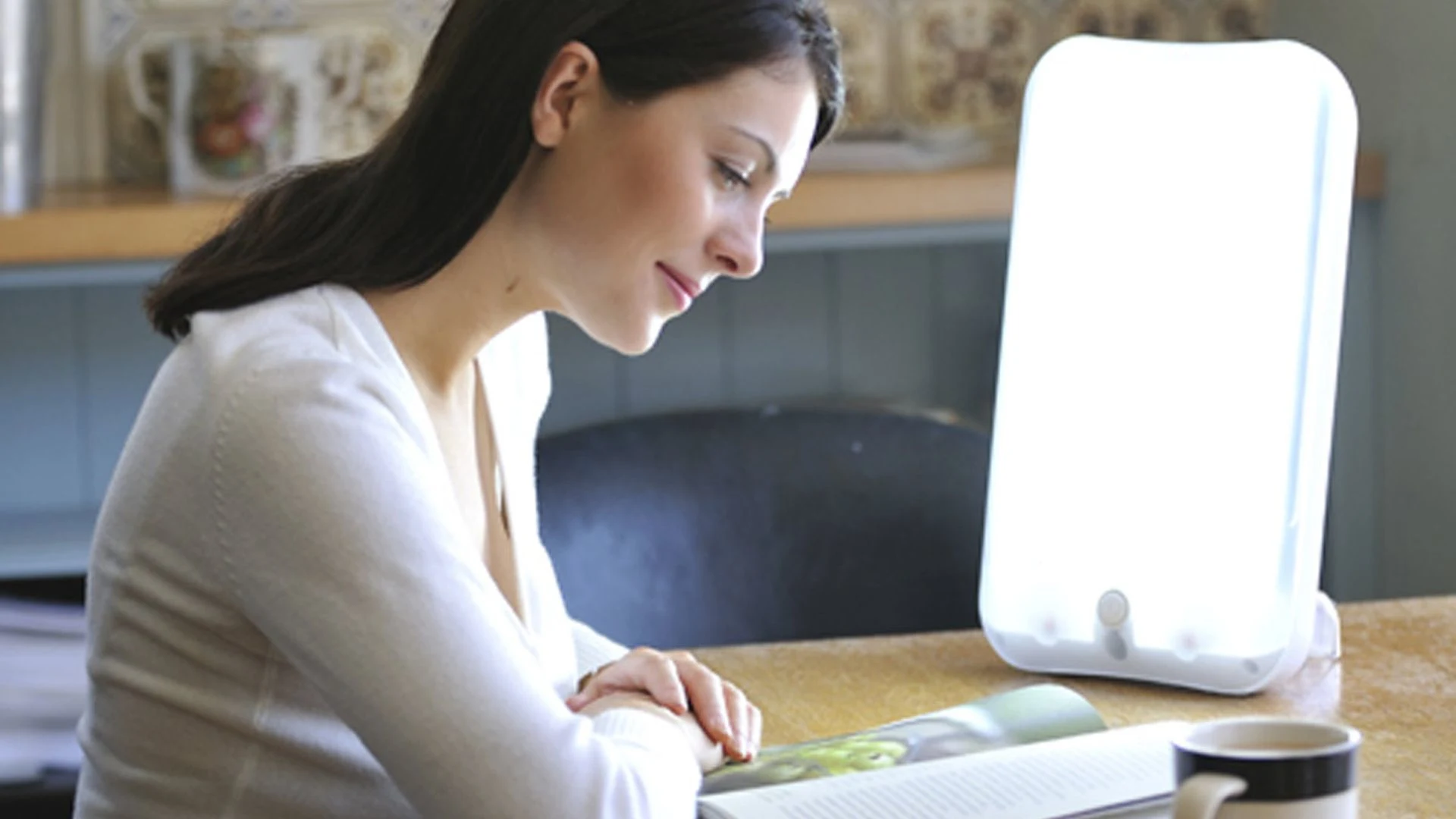
WARNING! If you have bipolar disorder, light boxes can induce mania and hypomania, but you can still use them, just use for shorter intervals, and monitor your mood.
Get Off The Couch And Start Exercising
Exercise is another important intervention for Seasonal Depressive Disorder. While exercise alone is a known intervention for depression, for seasonal depression, pairing it with light therapy works best. Choosing exercise that has positive social aspects is also shown to boost mood even more. This could be anything from having a gym buddy, to taking exercise classes with a group of people. Exercises that are aerobic, high intensity interval training, weightlifting, yoga and tai chi all count! So, you can choose what suits you best. The average amount of exercise to benefit in one Harvard study was 35 minutes a day (about 4 hours each week). For each additional 35 minutes a day, you can further decrease your chances of depression. You don’t have to start out at 35 minutes a day. Start small, and increase your exercise as tolerated. You want this to be a positive addition to your life, not a punishing one.
Exercise is just one of the many things that our product MindScout suggests to help our customers live better lives.
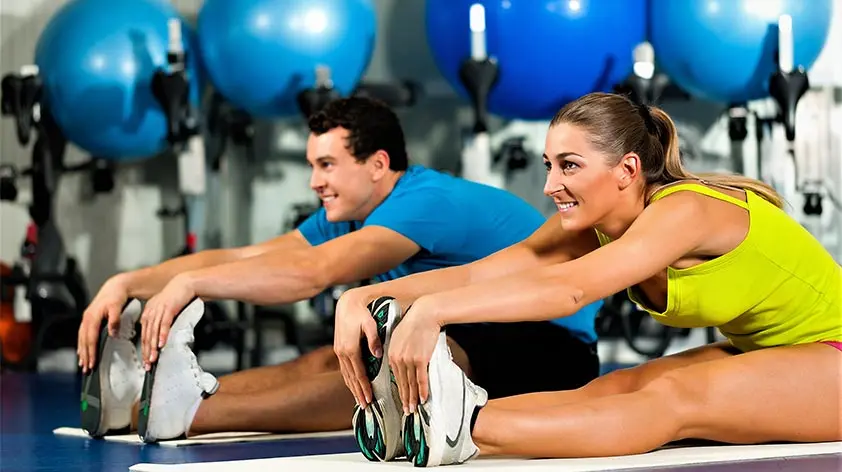
If you feel like you are fighting the winter blues each season, try some of the tools above! If you still notice some lack of motivation, focus, drive. Remember, humans have evolved to stay in and conserve in the winter! Show yourself some kindness, take time for self-care, reflection and adequate rest and recovery. Spring is right around the corner.
We would love to help you with your next your next digital health product. Contact us for a free consultation!


